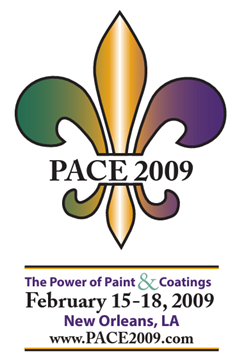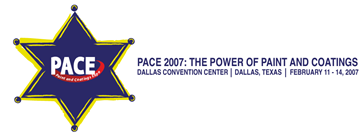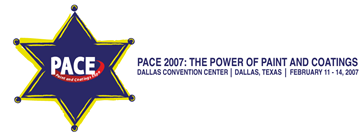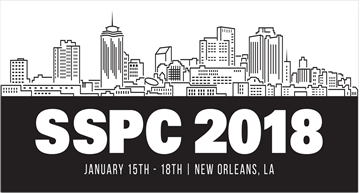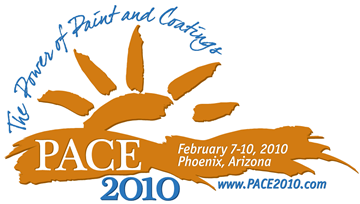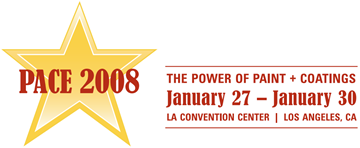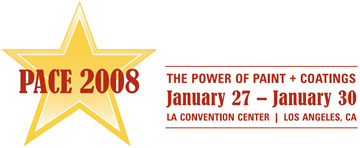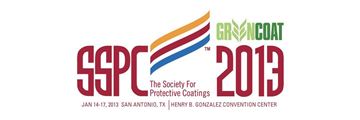Search
Products tagged with 'coating selection'
View as
Sort by
Display
per page
Exterior Wind Tower Coatings: A balance of Production, Protection and Profitability
Product Number:
41209-489-SG
Publication Date:
2009
$20.00
Fairfield-Suisun Sewer District 2004 Maintenance Improvement Project Primary Treatment Structures Concrete Coating
Product Number:
41207-364-SG
Publication Date:
2007
$20.00
Galvanizing, Primer Adhesion Test and Beyond
Product Number:
51219-223-SG
Publication Date:
2019
$20.00
Going Beyond Standard Corrosion Prevention Efforts and Getting Improved Life Cycle of Wind Energy Equipment
Product Number:
51220-264-SG
Publication Date:
2020
$20.00
How to conquer corrosion and cavitation erosion on submerged areas and tanks
Product Number:
51218-118-SG
Publication Date:
2018
$20.00
Improvements of Waterborne Acrylic Latex Finish Paint Properties by Incorporating Fluoroethylene Vinyl Ether (FEVE) Emulsion Technology
Product Number:
51220-261-SG
Publication Date:
2020
$20.00
Laboratory Testing of Candidate Coating Systems for Protecting A 490 Bolts in One World Trade Center Construction
Product Number:
41210-529-SG
Publication Date:
2010
$20.00
Moisture Cured Polyurethane Saves the Day
Product Number:
41208-442-SG
Publication Date:
2008
$20.00
Natural Oil Derivatives in Spray Elatomer Coatings
Product Number:
41208-396-SG
Publication Date:
2008
$20.00
No Place for Hipsters when the Substance behind a Pretty Façade is Required
Product Number:
41213-775-SG
Publication Date:
2013
$20.00
Novel Acrylic Epoxy Hybrid Coatings for Metal Protection Applications
Product Number:
41216-966-SG
Publication Date:
2016
$20.00

